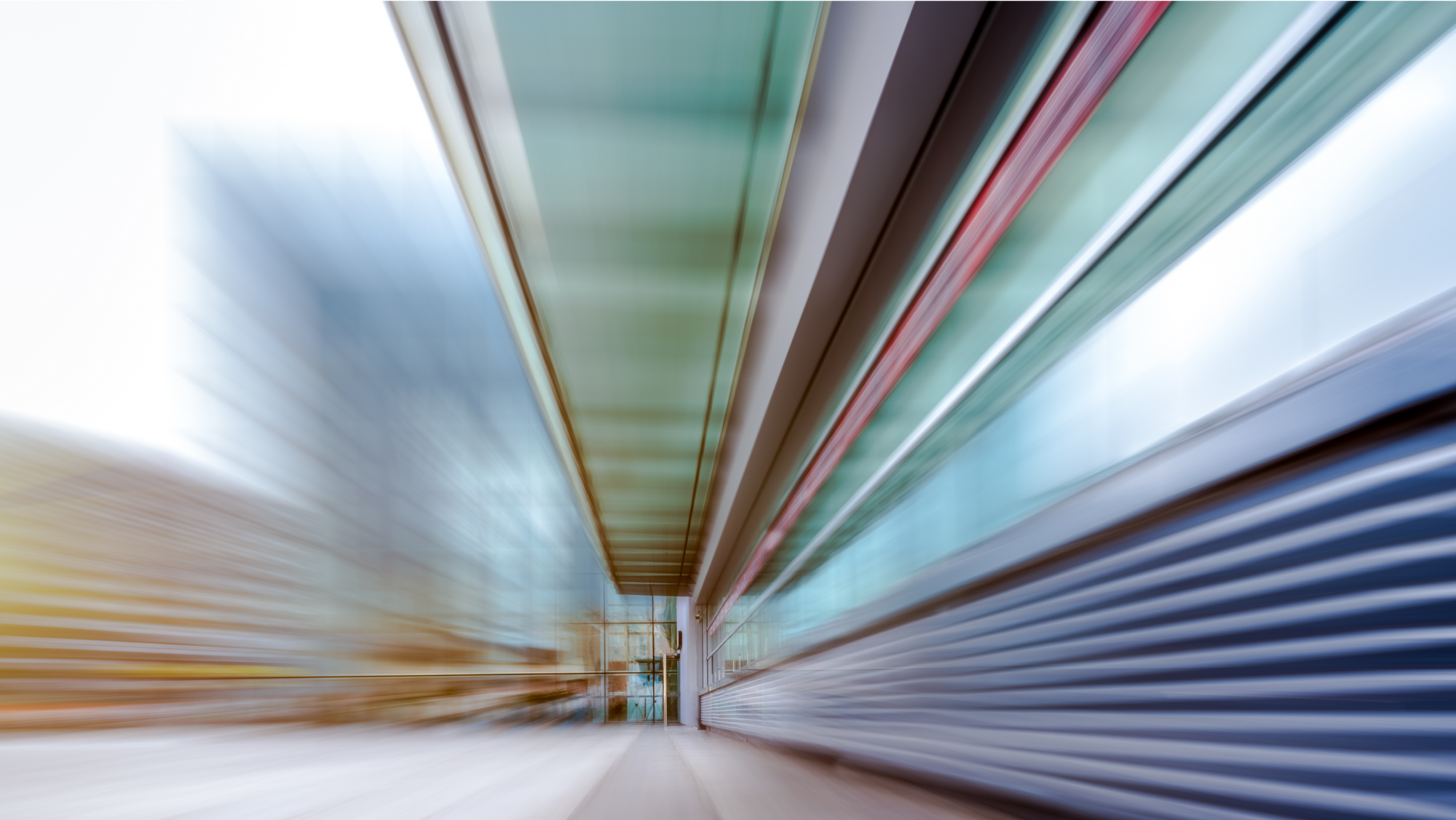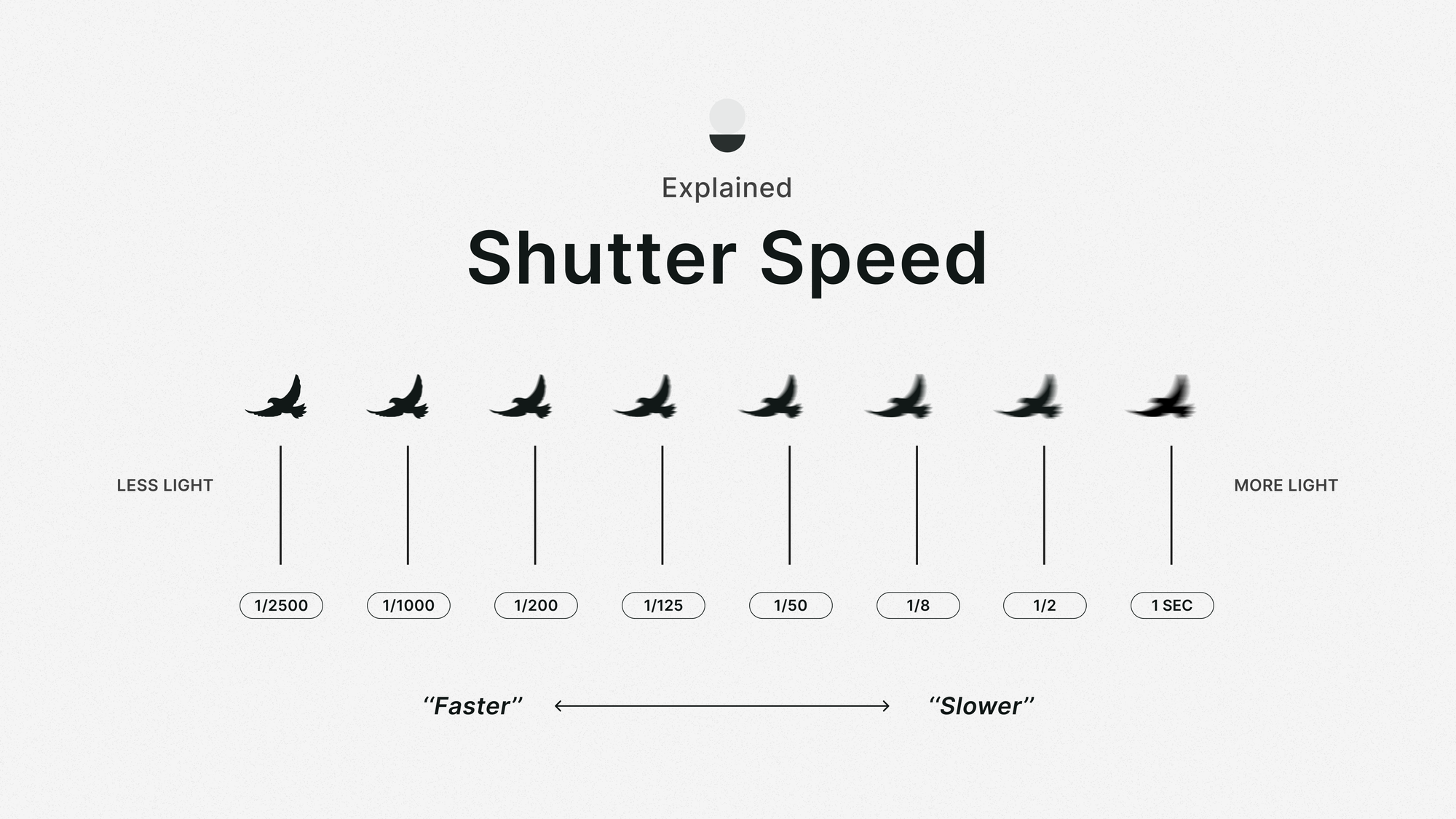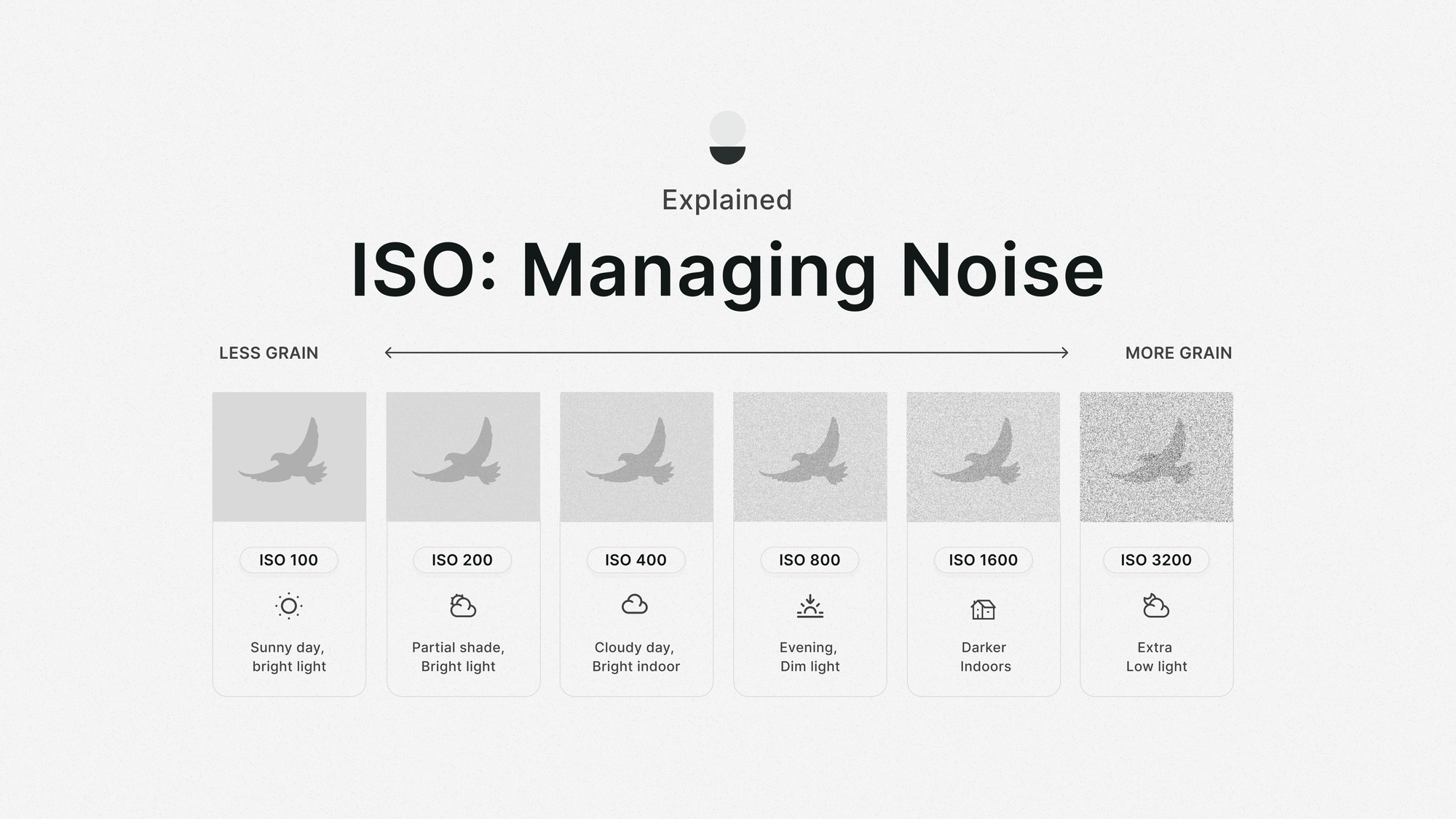Mastering Light
A quest for the ideal exposure in your photographs. Composition tips to elevate and optimize your artistic endeavors.

Composition refers to the decisions made regarding the arrangement of visual elements within an image. This term encompasses the entirety of what is captured in a picture. It is divided into two main components: the technical part and the emotional part.
The technical aspect of composition involves adhering to established rules, encompassing elements such as lines, curves, layers, and the incorporation of colors and elements. Additionally, it considers the role of light, whether it be natural or artificial. On the other hand, the emotional facet is more personal, revolving around the photographer's desired emotional impact. This includes human elements and various subjects, with the ultimate goal of conveying a specific emotion to the viewer.
Photography involves the careful management of light entering the camera. Overexposure occurs when there is an excess of light, while underexposure happens in low-light conditions. The balance between the two extremes is termed exposure, determined by three interconnected elements: ISO, shutter speed, and aperture. Each of these factors is manipulated differently, yet they collaboratively contribute to achieving a well-balanced exposure in the final photograph.
Shutter Speed
When capturing an image, the camera's shutter, positioned in front of the sensor, opens to allow light in. It stays open for a specific duration, measured in fractions of a second, or it can be manually adjusted to remain open for a desired period (as dictated by our photographic needs) before closing again. Shutter priority provides the flexibility to modify the duration the shutter remains open.
In the realm of shutter speed, a faster setting results in subjects being captured with greater sharpness, appearing "frozen" in the photograph. However, this choice comes at the expense of reduced light intake. Conversely, opting for a slower shutter speed imparts a sense of motion or "sweep" to the subjects, but it allows more light to enter the camera.

Aperture
The aperture is a adjustable opening in the lens that regulates the quantity of light entering the camera. Functioning akin to our own retina, it widens in low-light situations and narrows in well-lit environments. The aperture's size is quantified in dots, with the f-number determining this dimension. A higher f-number corresponds to a smaller aperture, and conversely, a lower f-number results in a larger aperture.
Focal Distance
Focal distance is the measurement, expressed in millimeters, between the sensor and the optical center of the lens, denoted by the letter f. This characteristic is specific to individual lenses or objectives.
ISO (International Organization for Standardization)
The ISO, or International Organization for Standardization, plays a crucial role in achieving optimal exposure under challenging lighting conditions. It becomes a valuable tool when we need to narrow the diaphragm for increased depth of field or when freezing the image is desired, but widening the aperture is not feasible due to lens limitations.
Inside our cameras, ISO involves the amplification of the electric current generated as light enters. This amplification boosts the amount of light passing through the lens to the sensor, addressing exposure challenges. However, excessive amplification may lead to filled sensor cells, resulting in what is commonly known as noise— an undesirable element in the final image.

Exposure Triangle
The exposure triangle serves as a visual aid in understanding the interplay between speed, aperture, and ISO. It's crucial to note that these three elements may not always share identical parameters; their configuration depends on factors such as the desired type of photography and the prevailing natural or artificial light conditions during image capture.
Regardless of the specifics, achieving the appropriate lighting is crucial. Ensuring that your subject or object is adequately illuminated is essential, as only then can you effectively convey the emotions encapsulated within your photograph.
We trust that these technical insights into the art of photography serve as valuable guidance, enabling you to harness and maximize your creative abilities. May these tips contribute to your continuous growth and success in the realm of photography.

